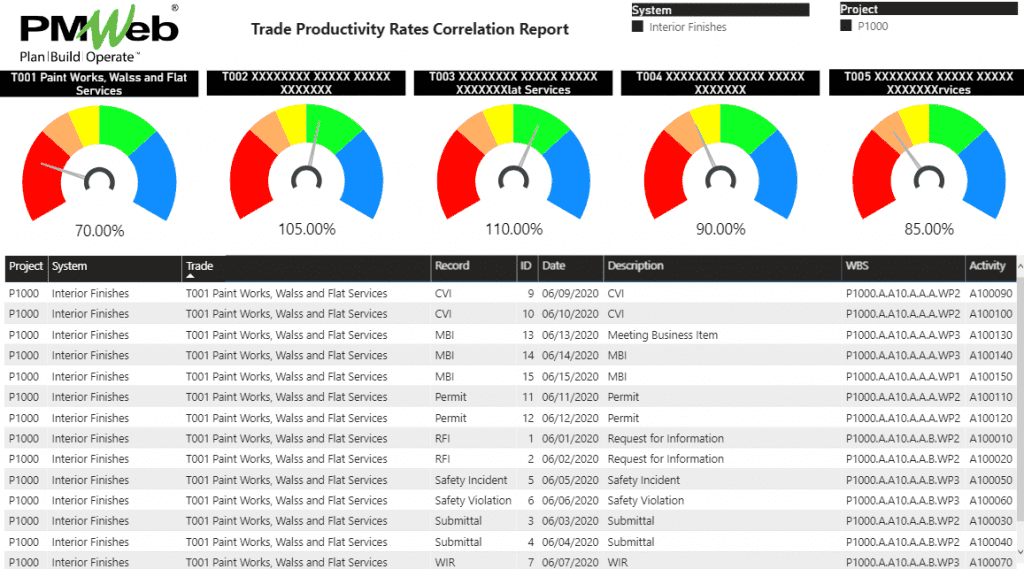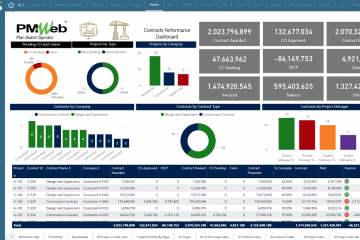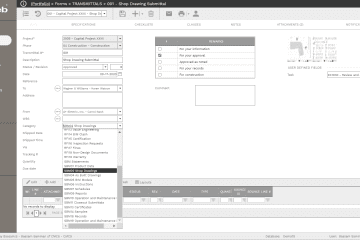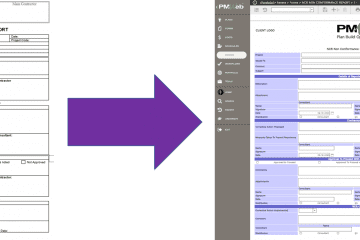One of the key challenges that face entities that are involved in delivering construction projects is how to have a real-time or an almost real-time reporting of the achieved key trade productivity rates along with the different project-related events that could have impacted those rates. This real-time reporting will not only provide those entities with an objective clarity on what events could have caused or contributed to low productivity rates should any occur, but also the ability to make better decisions and take timely and effective actions to mitigate the negative impacts those events could have.
In addition, and since this reporting would be available to be viewed by the different entities involved in delivering construction projects including employer, project management consultant, supervision consultant and contractors, the reporting should be based on formally communicated and documented project records. This is a must requirement as reduced productivity rates would usually lead to project delays and cost overrun where the entity responsible for the events that lead to the reduced productivity will become liable for any related damages that could be entitled under the contract agreement conditions.
To achieve the desired real-time reporting of key trade productivity rates and the events that could have impacted those rates reporting, there should be a single data source for all relevant formal project’s communication that will be needed to establish the correlation between productivity rates and project events. As a minimum, those formal communications should include daily reports, work inspection requests (WIR), safety incidents, request for information (RFI), submittals, site work instructions (SWI), confirmation of verbal instructions (CVI), notification of disruption event, safety violation, permits to work, non-compliance report (NCR), early warning notifications (EWN), potential change orders, change orders, issues, COVID-19 social distancing protocols, COVID-19 hygiene audit, meeting minutes, project schedule, delayed payments of approved interim progress certificates among others. To achieve the desired correlation, those formal project communications must all be linked to the project’s Work Breakdown Structure (WBS) by having a WBS field which should be detailed to the lowest WBS control level possible. The first few levels of the WBS will be similar to those used in the project schedule. Nevertheless, the WBS might need to be further decomposed to enable associating project records with the exact project’s work package that it belongs to.
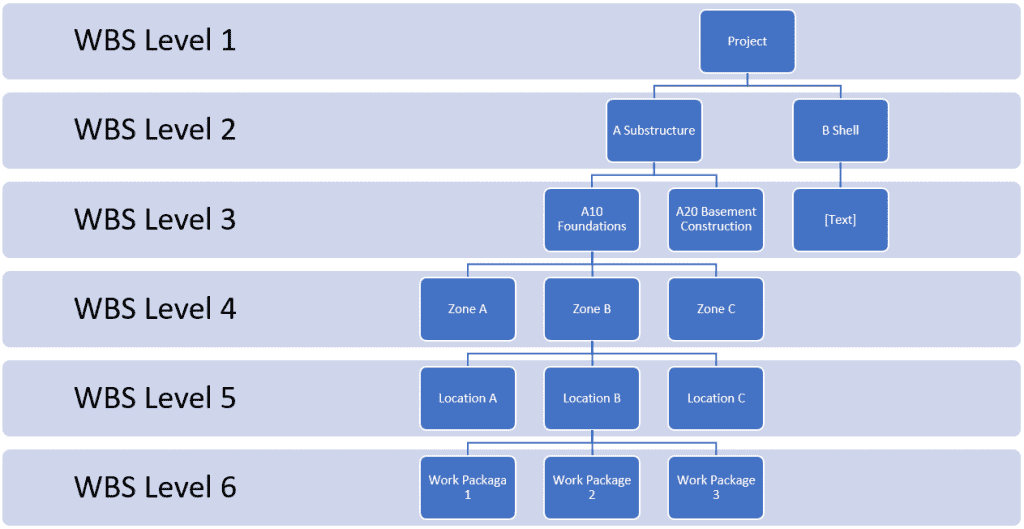
Further, all project communications used to capture quantities of work in place and resources consumed to execute the completed scope of work as well as events that could have an impact on the productivity rate of a specific trade will have a field to capture the trade name. Those could include daily reports, work inspection requests, safety violations, safety incidents, permits to work among others. The list of trades should be comprehensive to enable the project team members to associate the captured project’s data with their exact relevant trade.
In addition, it is recommended that those formal communications also include a field to capture the project schedule activity that could have an impact on the communication record. This will be mainly used for daily reports, request for information, meeting business items, submittals, progress invoices among other schedule sensitive communications. The Work Breakdown Structure (WBS), Trade and Activity fields will ensure having the right data to analyze, understand and visualize the correlation between the project’s everyday events and key trades productivity rates.
Using a Project Management Information System (PMIS) like PMWeb, all entities involved in delivering the construction will have a single platform to create and respond to all formal project communications. Being 100% web-enabled, project team members who are part of any formal project communication can perform their related tasks in the required sequence as defined in the communication workflow and in accordance with the set approval authority levels. Those communications, whether they were one of the many PMWeb ready to use processes or new communication forms created using PMWeb visual form builder, will be configured to include the WBS and Trade fields. Those two fields will have predefined list of values that are project specific although they can also be standardized across the organization’s complete projects portfolio or specific program of projects. The project schedule activities list will be imported from Primavera P6 or MS Project so it can become available to be associated with any formal project communication.
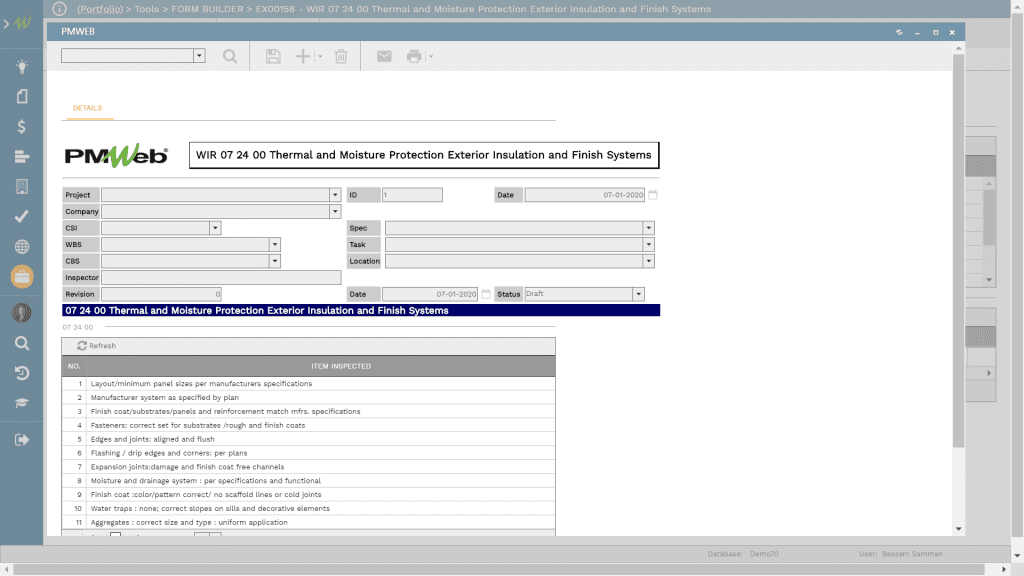
In addition to the formal project communications, there will be a need to capture the data input required to calculate the productivity rate for each trade. The productivity rate would need to have the values of the quantity of work in place for a specific trade within the specific time period and the actual resource hours consumed in delivering this quantity of work. The PMWeb daily report module will be used to capture this data for which each project engineer or site superintendent will be required to complete and submit the daily report for all scope of work activities that he/she is responsible for by the end of each workday. PMWeb daily report module detail tab is used to capture the details of the completed work in place by trade.
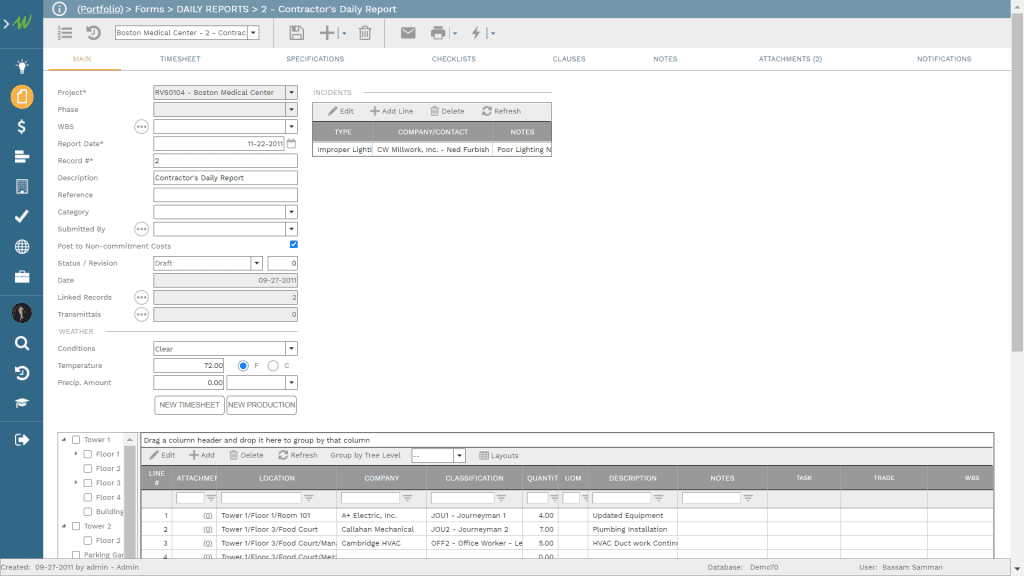
On the other hand, the timesheet tab of PMWeb daily report module will be used to capture the labor and equipment resource hours consumed during that day. For each reported resource, the actual hours spent including the start and finish time, name of contractor or subcontractor employing resource, project schedule activity that this work is associated with, trade value, WBS level value along with other information that might improve the quality of the reported hours.
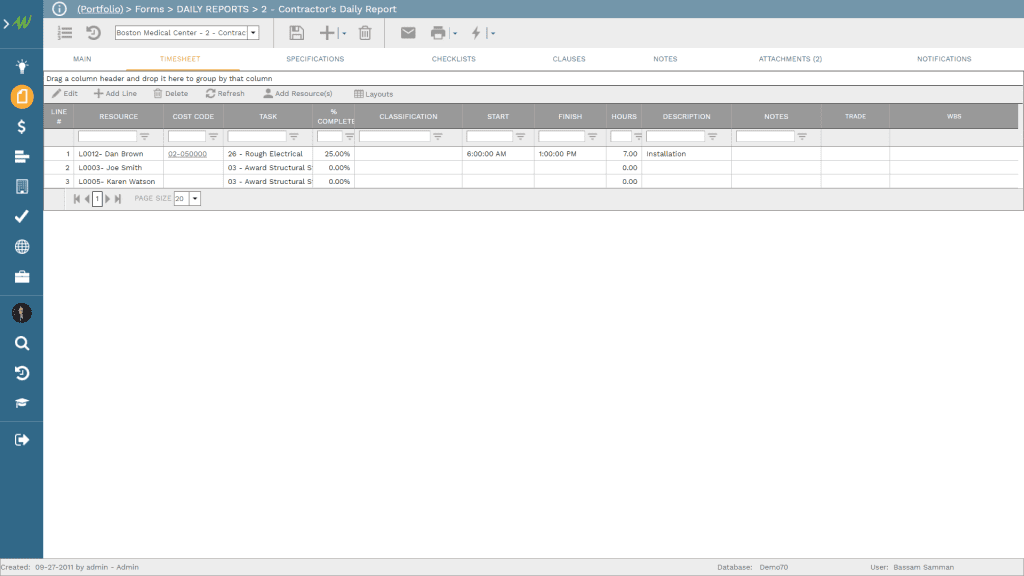
The Actual and Target Productivity Rates and Lost Resource Hours by Trade report will provide the project stakeholders with the actual achieved productivity rates based on the formally communicated, reviewed and approved daily reports. The report will compare actual productivity rates with planned productivity rates for each trade during the elapsed project duration. The report will also help to calculate the total of resource hours that although were consumed, were considered as lost hours as they failed to produce the output work associated with the relevant trade. Or in simple words, resource hours consumed without benefit to the project.
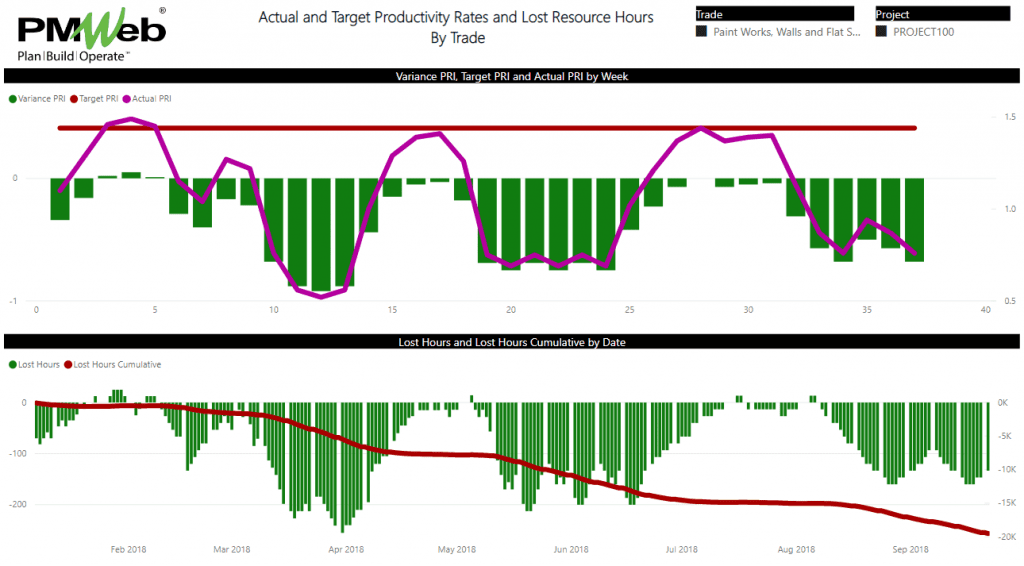
The correlation between actual trades productivity rates and the project events that could have an impact on those rates will be established by creating a report that will group and sort those formal communications by the trade they relate to. The tabular report will include details on the communication type, date of record, issued by who, WBS level, project schedule activity among other needed details. The report will also show the trades productivity rates for related building system like substructure, superstructure, interior finishes, exterior finishes, HVAC, mechanical works among others. For each trade, there will be a tachometer to visualize the status of the current achieved productivity rate. The tachometer will have five zones where achieving less than 80% of the targeted productivity rate will be the red zone, less than 90% but more than 80% will be the orange zone, less than 100% but more than 90% will be the yellow zone, more than 100% but less than 110% will be the green zone and if productivity rate is more than 110% of the target productivity rate it will be in the blue zone.
